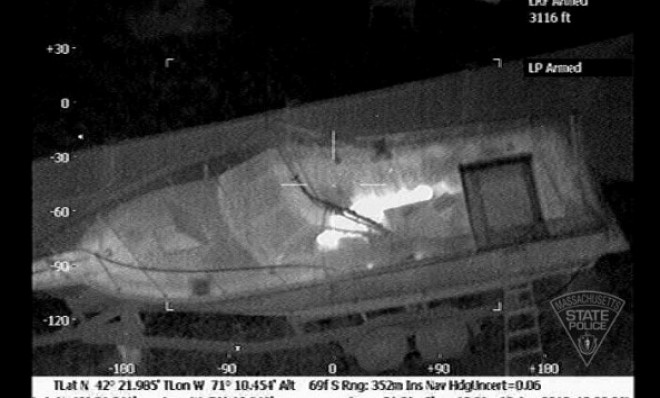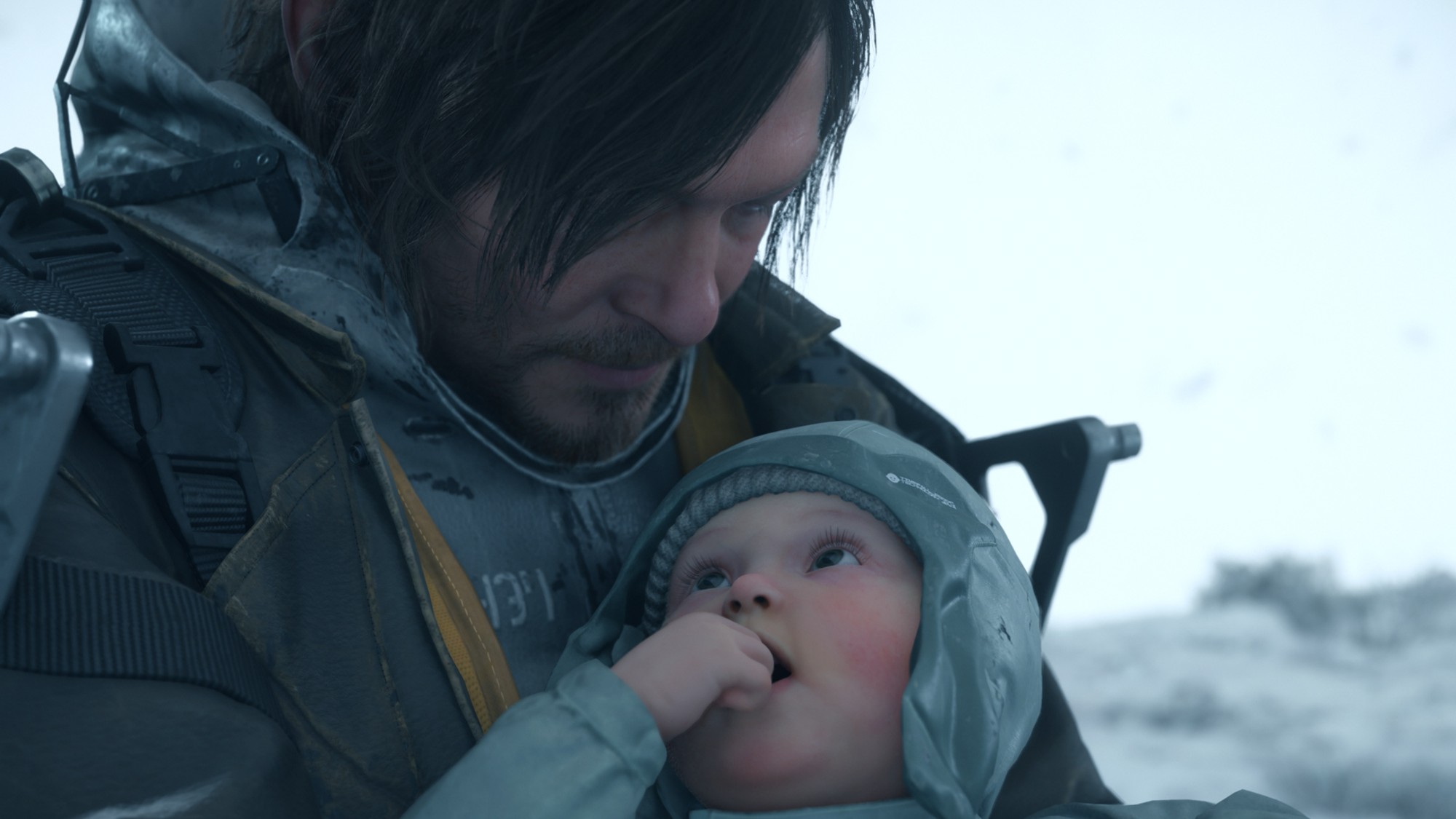6 gripping new details about the Boston bombing endgame
After a weekend of media digging and officials talking, we have more tantalizing clues about just what happened last week


We still don't know a lot of things about the Boston Marathon bombings and their aftermath, the biggest question being what motivated alleged bombers Dzhokhar and Tamerlan Tsarnaev to allegedly commit the awful acts. The bombings killed three people and wounded more than 100 others, and police say the brothers shot dead an MIT police officer and critically wounded a Boston transit officer Thursday night and early Friday morning.
An interagency federal interrogation team is at the ready to try to get some answers out of the surviving brother, 19-year-old Dzhokhar, but thanks to a possibly self-inflicted gunshot wound to his throat, it's not clear if Dzhokhar will ever talk again. ABC News says that the suspect, in serious but stable condition at Boston's Beth Israel Deaconess Medical Center, is awake and responding to some questions in writing.
We do know a lot more, though, after a weekend of digging by reporters, media appearances by Boston-area officials, and statements from federal officials and members of Congress. Here are six of the most interesting things we've learned about the Tsarnaev brothers and the week of terror they allegedly inflicted on Boston.
The Week
Escape your echo chamber. Get the facts behind the news, plus analysis from multiple perspectives.

Sign up for The Week's Free Newsletters
From our morning news briefing to a weekly Good News Newsletter, get the best of The Week delivered directly to your inbox.
From our morning news briefing to a weekly Good News Newsletter, get the best of The Week delivered directly to your inbox.
1. Police tracked the brothers down through a carjacked vehicle
The carefully calculated decision by the FBI to release images of the suspects on Thursday afternoon set in motion the chaotic endgame that ended in Dzhokhar's capture and Tamerlan's death: Police noticed the pair in 7-Eleven surveillance video after an unrelated robbery, for example, placing the brothers in Cambridge; and their alleged decision to kill MIT officer Sean Collier linked them to the nearby carjacking of a Mercedes SUV.
But their biggest giveaway, says Michael Crowley at TIME, came from their letting the SUV's driver either escape or releasing him unharmed — the reports are conflicting — at a gas station. Federal authorities say the Tsarnaevs used the man's ATM card to withdraw $800, which "would explain keeping him alive initially, rather than shooting him and taking his car" — they needed his PIN, after all. The decision to keep him alive, after identifying themselves and, according to one report, saying they planned to drive to New York, appears to be a fortuitous "blunder that indirectly spared the lives of many others."
The man was unharmed, though understandably hysterical, and immediately called 911.... Naturally, the carjacking victim provided police with the make and license plate of his vehicle. Even better, the Tsarnaevs now had their very own GPS beacon, as authorities tracked the location of a cell phone the man had left in his car. Within minutes, police had found the men and an ensuing gun battle left Tamerlan dead and Dzhokhar in hiding, soon to be caught. End of rampage. [TIME]
2. Dzhokhar apparently killed his brother
A free daily email with the biggest news stories of the day – and the best features from TheWeek.com
Tamerlan was killed in the shootout in the Boston suburb of Watertown, but not by police, according to Watertown Police Chief Ed Deveau. One officer spotted the brothers driving two cars, the stolen SUV and a Honda Civic, and the brothers immediately started shooting, Deveau tells The Boston Globe. "Quickly we had six Watertown police officers and two bad guys in a gunfight," with 200 to 300 shots fired.
Deveau says the brothers also lobbed several explosives at the officers, including a pressure-cooker bomb like the ones used at the marathon and five "crude grenades," two of which exploded. Finally, Tamerlan started walking toward the cops, firing. When he appeared to run out of bullets, police tackled him and started handcuffing him. At that point, Deveau says, Dzhokhar jumped in the SUV and started driving toward the officers; they dove out of the way, and Dzhokhar plowed over his brother, briefly dragging him under the car. Dzhokhar's maneuver allowed him to escape, but apparently proved fatal for his brother.
3. The brothers had lots of guns, but no permits
Dzhokhar and Tamerlan Tsarnaev had "a small arsenal of guns, ammunition, and explosives" when they confronted the police Friday morning, say Eric Schmitt and Michael S. Schmidt in The New York Times. Along with the homemade grenades and bomb, they also had at least four guns — two handguns and a BB gun apparently used in the Watertown street fight and "an M-4 carbine rifle — a weapon similar to ones used by American forces in Afghanistan."
What they didn't have, says Cambridge Police Commissioner Robert Haas, were permits to carry guns. It's not clear if they applied for gun permits — applications are not public records — but at least Dzhokhar would have been turned down since state law only allows people 21 and older to own firearms.
4. Dzhokhar talked about the bombing with a classmate
Between the bombings on Monday and the release of the FBI photos on Thursday, Dzhokhar returned to class at the University of Massachusetts-Dartmouth. In fact, he "acted like any other college sophomore," say Ann O'Neill and Melissa Gray at CNN. Dzhokhar "attended classes and dorm parties and went to the gym while the rest of Boston came to a tense standstill."
Fellow student Zach Bettencourt saw Tsarnaev in the gym on Tuesday and brought up the bombing. "You hear about this kind of thing happening in Iraq and Afghanistan, but not here," Bettencourt remembers saying. "He was like, 'Yeah, tragedies happen like this all the time and it's sad.'" At a party Wednesday night, attended by some of Tsarnaev's soccer friends, he was described as relaxed and normal.
5. The FBI questioned Tamerlan in 2011
Boston Mayor Thomas Menino said Sunday that from all the information he had, "they acted alone, these two individuals, the brothers." Tamerlan is widely believed to be the driving force behind the plot. Authorities believe Tamerlan had "brainwashed" his younger brother to follow him and "read those magazines that were published on how to create bombs, how to disrupt the general public, and things like that," Menino told ABC's This Week.
Tamerlan had come up on the FBI's radar screen before, in 2011, the bureau said Friday. Russia had requested that the U.S. question the older Tsarnaev brother, "based on information that he was a follower of radical Islam and a strong believer, and that he had changed drastically since 2010 as he prepared to leave the United States for travel to the country's region to join unspecified underground groups," the FBI said. Federal agents did investigate Tamerlan and question him and family members, but found no "terrorism activity, domestic or foreign," and informed Russia.
Now, the U.S. is asking Russia what exactly it knew in 2011. But lawmakers also have some questions for the FBI. A group of four House Republicans are calling the FBI's handling of Tsarnaev "an intelligence failure," and Sen. Lindsey Graham (R-S.C.) said that "the fact that we could not track him has to be fixed." Whether "our laws are insufficient or the F.B.I. failed," Graham said on CNN Sunday, "it's people like this that you don't want to let out of your sight, and this was a mistake."
6. Dzhokhar was finally caught thanks to a restless, brave boat owner
People have been, and will continue, arguing about the decision by Boston authorities to essentially lock the city down on Friday, as police searched house-to-house for Dzhokhar. But it's pretty clear that the surviving brother was finally caught only after the police finally told people they could leave their houses.
In what is fast becoming legend, after the lockdown was lifted, George Henneberry stepped outside for a cigarette and noticed the tarp flapping on the boat in his backyard. Then he saw some blood and called the cops. Here's how The Washington Post describes the final piece in the capture of the younger Tsarnaev:
As soon as authorities lifted the stay-inside order Friday just before dusk, Henneberry stepped out of his Watertown house. Something about his boat seemed off. The plastic cover was flapping in the wind, which made no sense, especially given that Henneberry had tied it down so well that it hadn't moved even through this winter's blizzards.
On inspection, the cover appeared to have been sliced open. Then Henneberry saw the blood. He came closer, pulled himself up a ladder to peer inside and saw more blood — and a curled-up form. He called 911. Within minutes, he was hurried out of his house, and men in uniforms were firing at the boat and someone was shooting back. [Washington Post]
The swarms of police used a thermal imaging camera on a helicopter and flash-bang grenades to make sure Dzhohkar was responding inside the boat. He was, weakly. After 25 minutes of coaxing through a bullhorn, Dzhokhar Tsarnaev stood up, lifted his shirt to show he wasn't wearing a bomb, and was taken into custody. Watch video of his final standoff, including thermal imaging, below:
Sources: ABC News, The Associated Press, The Boston Globe, CNN, The New York Times, TIME, The Washington Post (2)
Peter has worked as a news and culture writer and editor at The Week since the site's launch in 2008. He covers politics, world affairs, religion and cultural currents. His journalism career began as a copy editor at a financial newswire and has included editorial positions at The New York Times Magazine, Facts on File, and Oregon State University.


